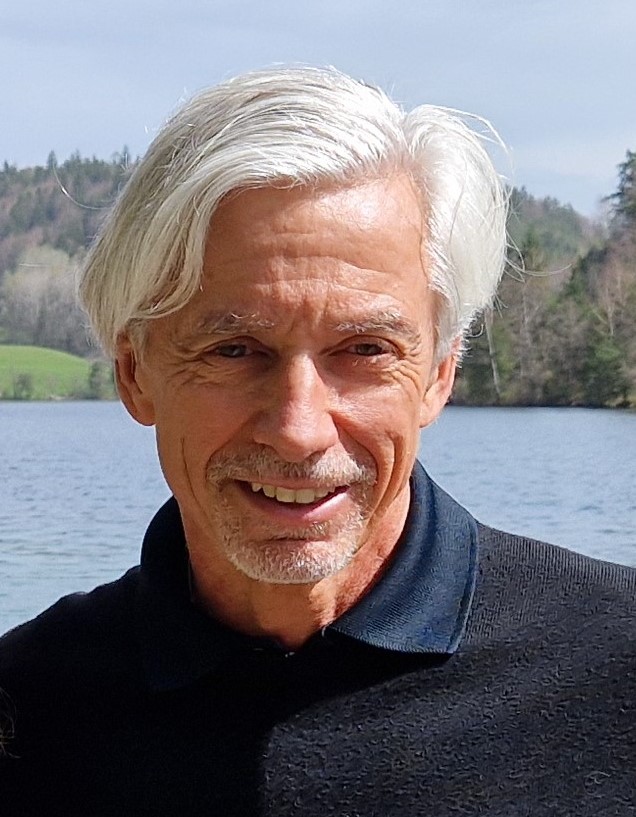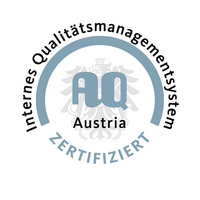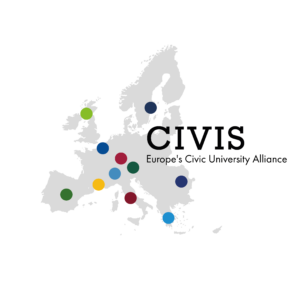
Thomas Blaschke
Professor für Geoinformatik | Leiter des Fachbereichs Geoinformatik – Z_GIS
Schillerstraße 30, 5020 Salzburg
Tel.: +43 (0) 662 / 8044-7525
Fax.: +43 (0) 662 / 8044 – 7560
E-Mail:
Funktionen
-
- Fachbereichsleiter
- Abteilungsleiter GIScience
- Mitglied Österreichische Akademie der Wissenschaften
- Vorsitzender Curricularkommission DAS Doktoratsstudien
- Vice-President Association for Geoinformatics, GeoIT and Navigation
- Co‐Chair ISPRS Working ICWG III/IVb: Remote Sensing Data Quality
Forschungsinteressen
Integration von Methoden und Domänenwissen in räumliche Analyse und Entscheidungsunterstützende Systeme. Methodische und methodologische Forschung zu Objekt-basierter Bildanalyse (OBIA) und Geographic Information Science
Publikationen
Hauptbetreuung Doktorarbeiten
2022
-
-
- Sepideh Tavakkoli: Data Fusion Scenario to trustworthy spatial modelling of natural hazards
- Mona Bartling: The impact of map use context on the design of mobile maps
-
2021
-
-
- Sansar Raj Meena: Rapid generation of event-based landslide inventory and susceptibility assessment using state of the art approaches
- Omid Ghorbanzadeh Evaluation of knowledge-based and machine learning models for Earth Observation and Geoinformatics applications
- Daniel Hölbling: Object-based image analysis for integrated landslide mapping
- Thimmaiah Gudiyangada Nachappa: Geoinformatics methods for multi-hazards susceptibility mapping and assessment
- Lixia Chu: Assessing the influence of human activities on terrestrial environmental variables using big Earth observation data
-
2020
-
-
- Lixia Chu: Assessing the influence of human activities on terrestrial environmental variables using big earth observation data
- Anna Kovács-Győri: Defining and assessing urban livability – A GIScience perspective
-
2019
-
-
- Emmanuel Papadakis: Bridging place and space in GIScience. Formalization and integration of place in Geographic Information Systems
- Arthur Lehner: Remote Sensing Derived Building Structure and Parameters for Urban Planning Applications
-
2018
-
-
- Isabel Georg: A multi-source Geodata approach to spatially delimit urban corridors – Unified concept and global analysis
- Gyula Kothencz: Data and information development methodologies for green urban area optimisation
-
2017
-
-
- Johannes Kapser: Modeling of thermal lifts: Techniques for mining thermal eddies from aerial movement Data
- Chunzhu Wei: Multi-scale spatial analysis methods from neighborhood to megacity
- Pablo Cabrera Barona: A multidisciplinary spatial framework for health inequalities analysis with emphasis on deprivation and healthcare accessibility
-
2016
-
-
- Ivan Tomljenović: Transferable and Robust Building Extraction from Airborne Laser Scanning Data Using Object-Based Image Analysis Paradigm
-
2015
-
-
- Diana Maria Contreras: Spatial indicators of recovery after earthquakes
- Eva Haslauer: GIS-based Backcasting: An innovative method for parameterization of sustainable spatial Planning and resource management
-
2014
-
-
- Michael Hagenlocher: Integrated spatial indicators for modeling, exploring and visualizing vulnerability to vector-borne diseases
- Sebastian d’Oleire-Oltmanns: Monitoring soil erosion in the Souss Basin, Morocco, with a multiscale object-based remote sensing approach using UAV and satellite data
- Bakhtiar Feizizadeh: Uncertainty, sensitivity and fuzzy sets in GIS Multi Criteria Decision Analysis
- Ingrid Schardinger: Räumliche Modellierung und Optimierung regionaler Energiesysteme
-
2013
-
-
- Clemens Eisank: An object-based workflow for integrating spatial scale and semantics to derive landforms from Digital Elevation Models
-
2012
-
-
- Günther Sagl: Spatio-temporal analyses of environmental and social in situ sensor data
- Lubna Rafiq: Earth observation for disaster risk reduction in Pakistan.
-
2011
-
-
- Dulal Roy: Flood risk and vulnerability assessment and mitigation plans for Bangladesh – A GIS based approach.
- Alam Khan: Remote sensing of aerosol characteristics and radiative forcing in Pakistan.
- John Richard Otukei: Monitoring animal preserves with Radar remote sensing data. A case study of Bwindi Impenetrable National, Uganda.
-
2010
-
-
- Stefan Kienberger: Spatial vulnerability assessment: methodology for the community and district level applied to floods in Búzi, Mozambique.
- Dirk Tiede: Bridging remote sensing and GIS – from rapid information extraction to 3D GIS visualisation.
-
2009
-
-
- Andreas Lermann: Military utilization of satellite navigation for European Armed Forces.
-
2006
-
-
- Hermann Klug: Holistic landscape planning using a transdisciplinary German speaking Leitbild methodology.
-
2005
-
- Stefan Lang: Image objects and landscape objects. Interpretation, hierarchical representation and significance.
- Tobias Langanke: Monitoring strategies for European nature conservation. Object based image processing and structural analysis.




